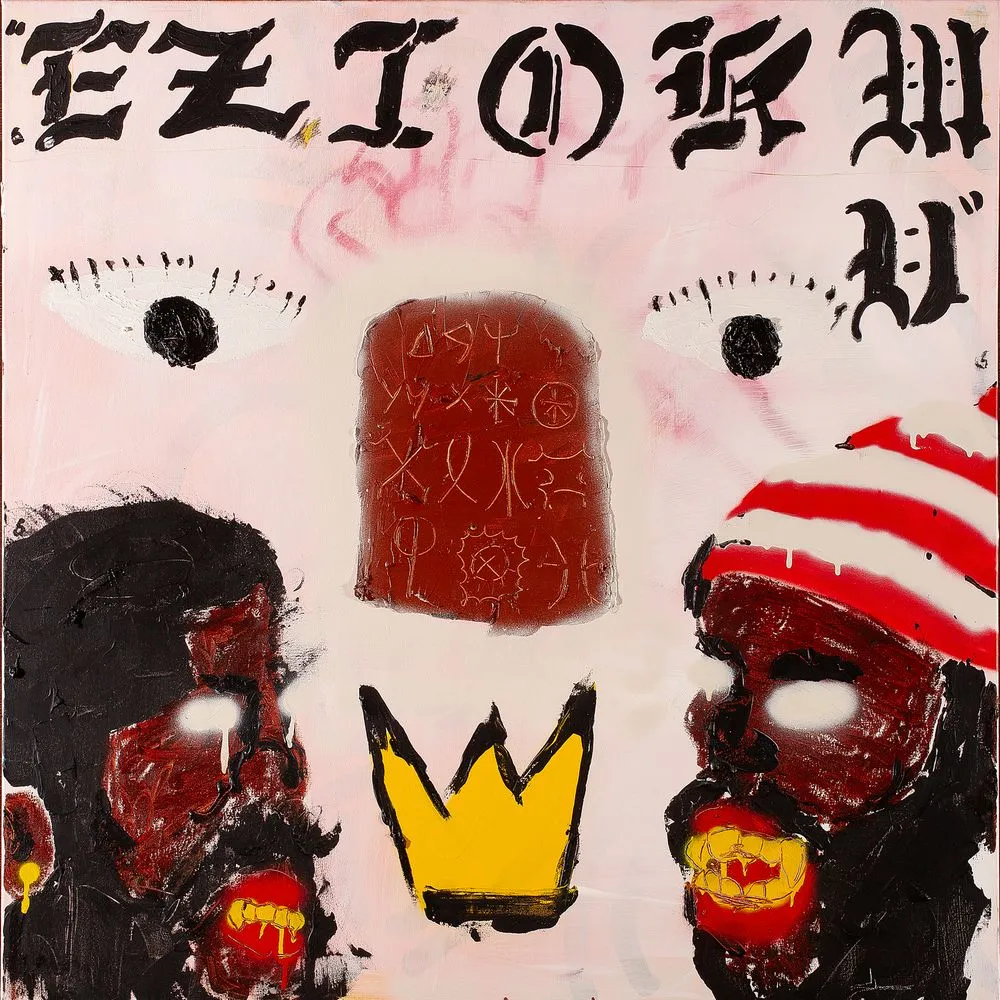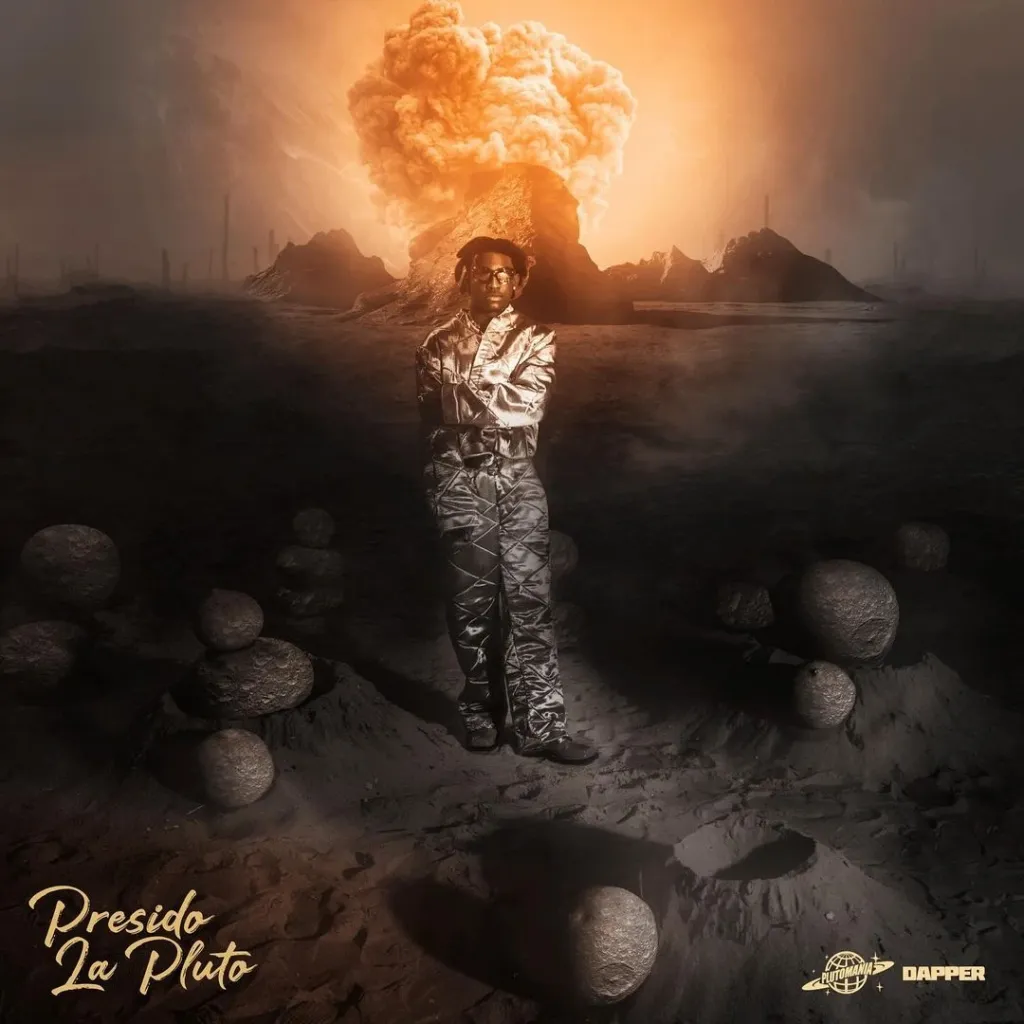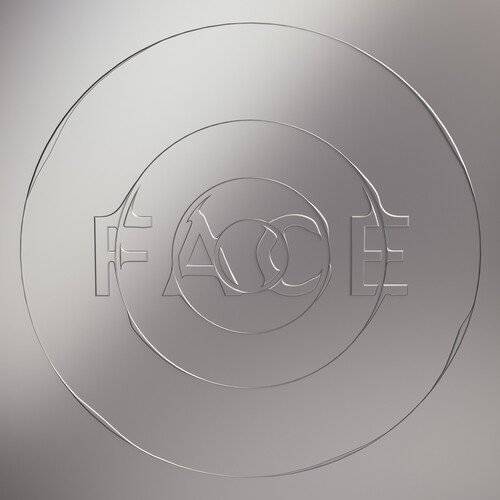Odumodublvck – Eziokwu (Album)

Odumodublvck – Eziokwu (Album) Nigerian musical sensation Odumodublvck has dropped his highly anticipated album, “Eziokwu Album” sending shock waves through the music scene. This 12-track collection showcases Odumodublvck’s versatility as an artist, blending electrifying Afrobeats rhythms with introspective lyrics, creating a captivating journey through love, life, and the pursuit of success. From the infectious energy … Odumodublvck – Eziokwu (Album)


